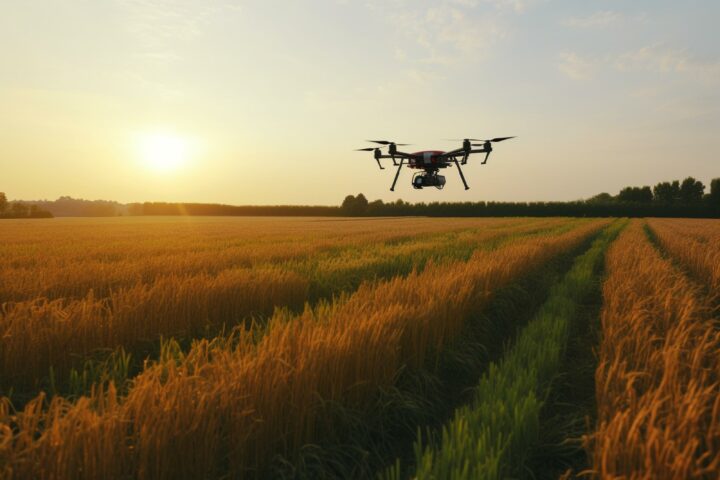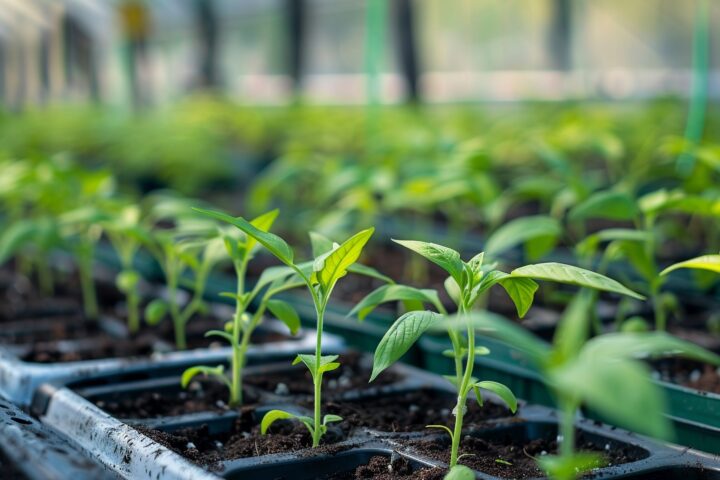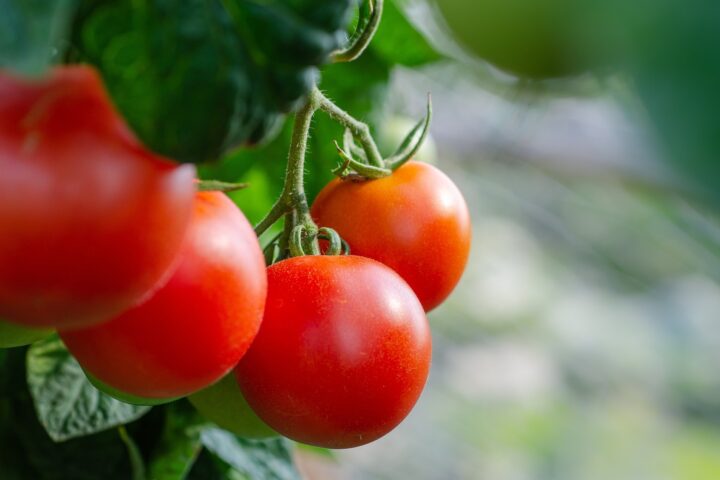
Finally, a golden age for golden rice
The World Health Organization (WHO) estimates that worldwide, as many as 500,000 children go blind every year due to a lack of vitamin A. Roughly half of them die within 12 months of losing their sight. This miserable situation could be greatly eased if the affected children had access to an inexpensive, everyday food containing an adequate amount of vitamin A.
Tuesday, August 10, 2021
In brief
- Worldwide, 500,000 children go blind every year due to a lack of vitamin A.
- The so-called "Golden Rice", which has been given the green light for cultivation in the Philippines, could provide a remedy here.
- The rice was enriched with beta-carotene, the precursor of vitamin A, using genetic engineering methods.
This is precisely what so-called “golden rice” can provide. This rice has been genetically engineered to encourage the synthesis of beta carotene, a precursor to vitamin A. Its name is derived from the rice kernels’ characteristic yellow color. Golden rice was created 20 years ago by Professor Ingo Potrykus, who was then working at ETH Zurich.
Bitter opposition
Despite its benefits for the poorest of the poor – many of whom rely on one or two bowls of rice for their nutritional needs, making malnourishment part of everyday life – golden rice has had a hard time gaining acceptance. Many NGOs, including Greenpeace, have engaged in a fanatical campaign against it, with some activists even attacking and destroying test fields. They argue that golden rice is not beneficial for farmers or consumers, and that what we need is an environmentally friendly approach to agriculture, which will lead to balanced nutrition. They contend that golden rice inflicts further harm on farmers in the midst of the COVID-19 pandemic and the climate crisis. In fact, though, the opposite is true. Vitamin A-enriched rice promotes the development of a healthy immune system, which is enormously important during a pandemic. Moreover, genetic engineering allows for a reduction in the use of pesticides while maintaining consistent yields. This benefits both the environment and the climate.
Delayed victory
Resistance to golden rice may also be rooted in the fact that this product has not yet been approved for commercial production. But now the Philippines has granted approval for the cultivation of golden rice – the first country to do so. “This is truly a milestone for our project, as it shows that we have met regulatory requirements. Golden rice is just as healthy as regular rice,” Russell Reinke of the International Rice Research Institute (IRRI), headquartered in the Philippines, told “Le Matin.” For two decades, the IRRI has been working with researchers and the Philippine Department of Agriculture on the further development of golden rice. The approval that has now been granted is the culmination of that cooperation.
Although the green light has now been given, considerable time is likely to pass before golden rice will be on the dinner tables of the Filipino people. It will probably take years before it is available in large quantities. But a beginning has been made. And there is more good news, not just in the Philippines: Canada and the United States have granted initial pre-approval for golden rice. It is entirely possible that finally, 20 years after it was first developed, golden rice will achieve success.
Megatrend: Health
Research is continuing
Other staple foods that have been genetically modified to contain essential nutrients may follow. During the past few years, a variety of rice and wheat lines have been developed that are enriched with vital elements. Navreet Bhullar and her doctoral student Simrat Pal Singh, who are also at ETH, have even succeeded in modifying rice plants to add multiple elements at the same time – such as iron and zinc in addition to beta carotene. Iron and zinc deficiencies are a serious problem in developing countries, leading for example to higher rates of maternal and infant death. “It will certainly be another five years before multi-nutrient rice can be used to prevent ‘hidden hunger,’” Bhullar pointed out in an ETH article published in 2017. It is time to approve not only golden rice, but other genetically modified staple foods as well.
Wilhelm Gruissem, another researcher at ETH Zurich, and his team have cultivated cassava varieties that are not only resistant to disease, but also enriched with micronutrients. It is incomprehensible that Swiss officials are not doing more internationally to ensure that this outstanding research at Switzerland’s universities is able to bear fruit – and that, through the “provisional measures” that have been taken regarding genetic engineering, they are denying Switzerland the benefits of our country’s expertise in modern biotechnology.
There is an urgent need to improve access for all people, even the most poverty-stricken, to affordable, healthy food. After all, it is scientifically undisputed that malnutrition in childhood has a negative effect on health throughout the life course. This year’s report from the FAO, entitled “The State of Food Security and Nutrition in the World” (SOFI 2021), points out that more than 3 billion people worldwide are unable to afford healthy food.It therefore seems cynical for NGOs to insist on balanced diets, rather than promoting enriched food, when this is simply not possible.
Sources
Related articles

Why AI has not yet had its breakthrough in agriculture
Artificial intelligence is gaining ground in many areas. However, the new technology does not yet seem to have really arrived in agriculture. The reason for this is nature, which is throwing a spanner in the works of AI. Nevertheless, the opportunities that AI could offer agriculture are immense.

Nutrition: Does the future belong to the green gene scissors?
New plant varieties contribute to security of supply. The new breeding methods known as "gene scissors", such as Crispr, have the potential to revolutionise agriculture and nutrition.

Regional products are more in demand than ever
The demand for regional products could hardly be greater. This is shown by a new study by the Zurich School of Business. Consumers even consider regional products to be significantly more sustainable than organic or premium products. To keep up with this trend, it is therefore all the more important to promote modern breeding techniques and plant protection products.

Tomatoes: From «water bomb» to aromatic fruit
The diversity of commercially marketed tomato varieties is greater today than ever before. This has to do in particular with the breeding of new varieties.

